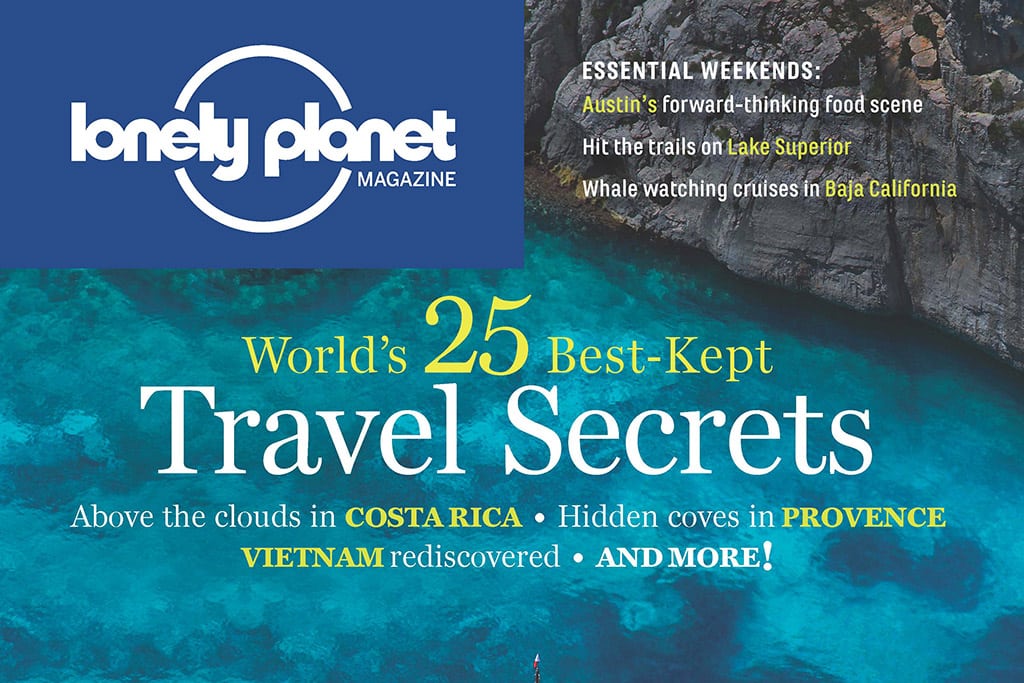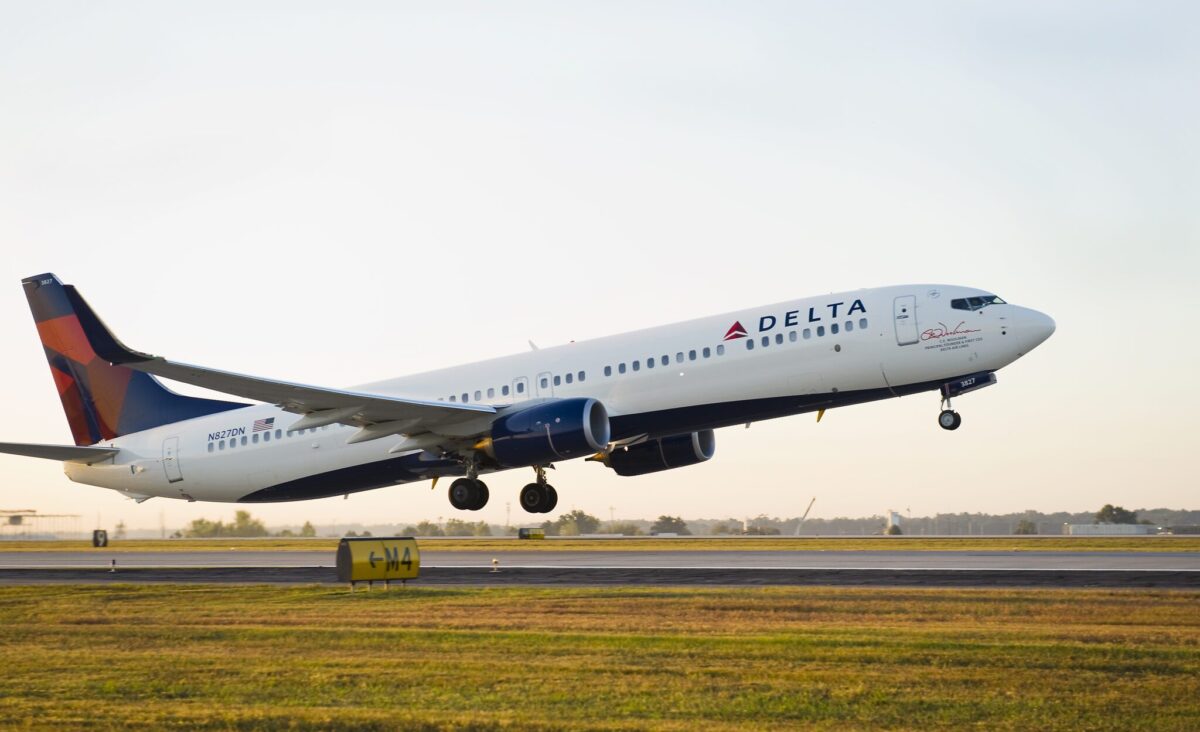For Lonely Planet Now Is the Right Time to Launch Its U.S. Magazine

Skift Take
Lonely Planet's anticipated U.S. edition of its print magazine, which was announced by CEO Daniel Houghton at the Skift Global Forum in October, will arrive on newsstands on September 2.
The U.S. edition will be the 11th magazine for the guidebook brand, joining editions in the UK, and elsewhere.
"We have 10 international magazines that produce a vast amount of content that's available to all of them," says Piers Pickard, Managing Director of Publishing for Lonely Planet. "For the U.S. we'll be looking to get the best we can for the readers. Some will be commissioned from the existing titles, some will be commissioned fresh."
The magazine will launch with a guaranteed circulation rate base of 450,000. That number is much higher than many magazine titles launch with, and that is most likely owing to Lonely Planet's use of the subscriber list it acquired when it bought Budget Travel magazine in an auction in February 2014. When asked about the source of the subscribers, Pickard would neither confirm nor deny the use of Budget Travel's list.
It's a significant edge over other new publications and existing titles. When compared with other travel magazines on U.S. newsstands, Lonely Planet gets a significant boost from this base of subscribers at launch. For comparison, Travel + Leisure claims 950,000 in its media kit, while Conde Nast Traveler has a rate base of 800,000, National Geographic Traveler 615,000, and AFAR is 250,000.
"There’s always risk when you acquire another magazine’s subscribers," Aileen Gallagher Assistant Professor, Multiplatform Journalism at Syracuse University's S. I. Newhouse School of Public Communications, tells Skift. "Budget Travel’s subscribers presumably paid for the voice, tone, and content they wanted. Will they want LP’s voice, tone, and content?"
Despite issues regarding the subscriber list, Lonely Planet is bullish on its prospects. Any reader of travel magazines will notice that titles are thicker now than they've been in many years, buoyed both by a general improvement in the magazine sector and better ad buys in travel magazines in the last year.
"Travel is actually doing pretty well at the moment as a magazine sector," Pickard says. "Travel is doing really well. For LP, we're doing very well in the U.S. at the moment and we want to do better. We are the number one guidebook publisher in the market. We have big ambitions digitally all over the world and in the U.S. a magazine gives another view on travel to our U.S. readers."
Unlike Budget Travel, or any of the other four mass market travel magazines in the U.S., Lonely Planet isn't turning to a staff in New York, San Francisco, or Washington, D.C. The editorial base for the magazine will be in Franklin, Tennessee, just outside of Nashville. Lonely Planet has been moving some notable leadership roles to this office since NC2 Media purchased it from BBC Worldwide in 2013.
"It's an obvious place to house the magazine," says Pickard. The office there already accommodates a pool of 16 editors charged with managing destinations around the world. In addition, the editors there are plugged into a network of writers and editors around the world. It's placement also gives the brand insight into a middle-market America that doesn't just think of journeys in terms of New York and Los Angeles.
"It's a big advantage because they may not be privy to the editorial myopia that plagues many operations in New York City," says Syracuse's Gallagher. "It doesn't really matter where they are based. If they pay people they will attract talent."
They also have 40-plus years of brand legacy to help out. "The thing we have that no other brand can compete with is our network on the ground," Pickard says. "We have 200 writers scouring the globe all the time. We know the world better than anyone else."





